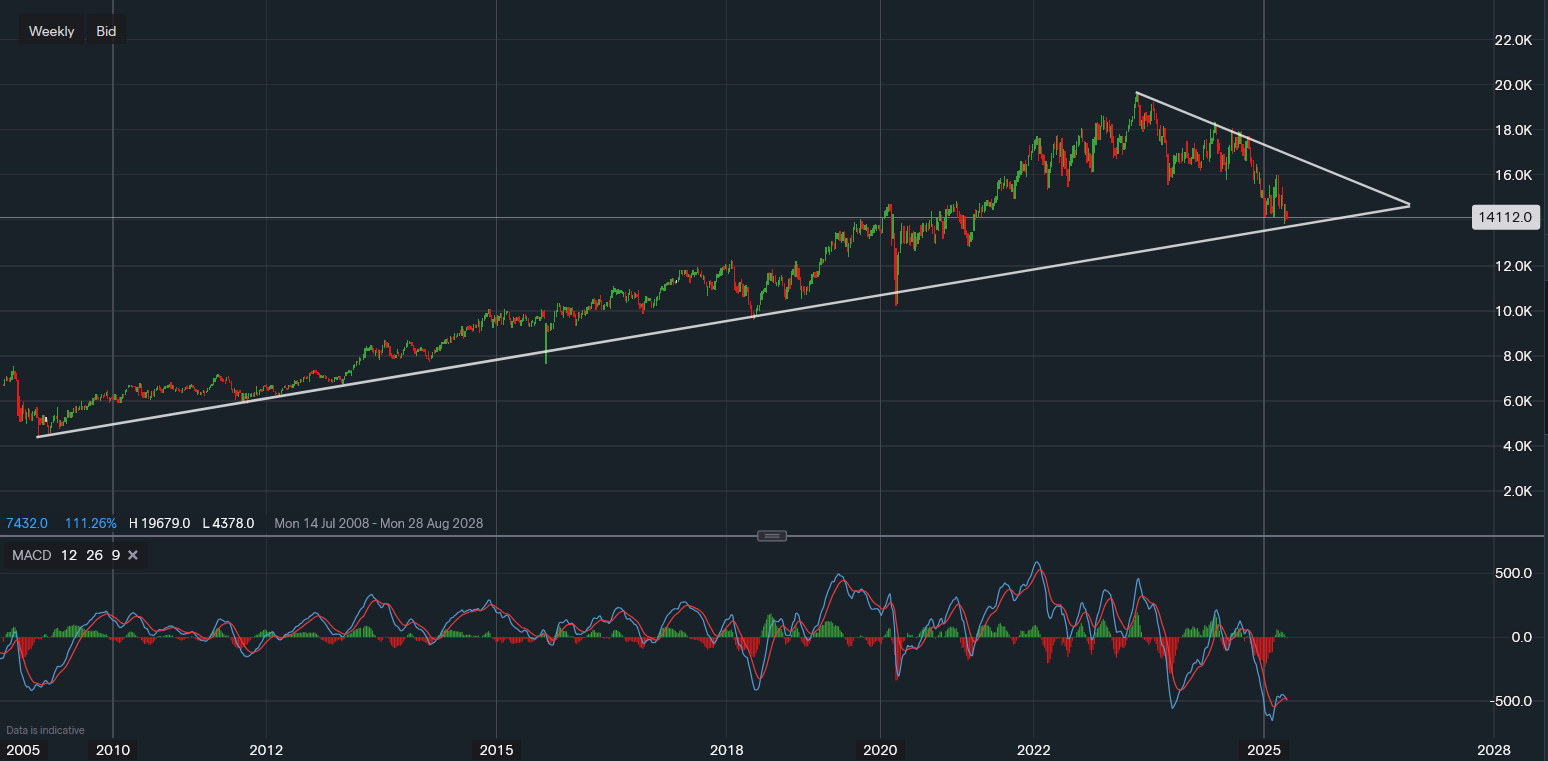Merck & Company (MRK): Building Strength, Paving the Way for Potential Upside
$86.28
Merck & Company (MRK): Building Strength, Paving the Way for Potential Upside
31 Oct 2025, 11:49

Chart & Data from IG

As PepsiCo (NASDAQ: PEP) prepares to release its earnings report tomorrow, investors are keeping a close eye on the stock's performance. Currently trading at approximately $141.40 per share, PepsiCo stock has declined by 28% since its peak in May 2023, bringing it to a critical technical level.
The stock is now on track for a third consecutive year without any meaningful gains, raising concerns among long-term investors. If earnings results disappoint, this could amplify frustration and potentially spark a deeper sell-off.
The immediate support to watch is at $138. A clear break below this level could trigger further downward pressure on PepsiCo shares, possibly pushing the stock back towards its COVID-era trading range between $120 and $128. However, some technical support remains around the $136 level, aligned with a long-term trendline that dates back to February 2009.
Should PepsiCo deliver better-than-expected earnings, the stock may find near-term stability and enter a consolidation phase. A bounce above the $150 level is possible in such a scenario, though this would necessitate a re-evaluation of the stock's fundamentals and the broader global economic outlook.
From a technical analysis perspective, the MACD indicator is showing signs of turning bearish again. This could weigh on PepsiCo’s share price in the near term, as traders and investors may continue to reduce exposure based on weakening momentum.
Conclusion
With earnings on the horizon, PepsiCo stock sits at a crucial juncture. Whether it finds support or slips further may depend heavily on tomorrow's results. Investors should monitor key price levels, technical indicators, and broader market sentiment to navigate potential volatility.